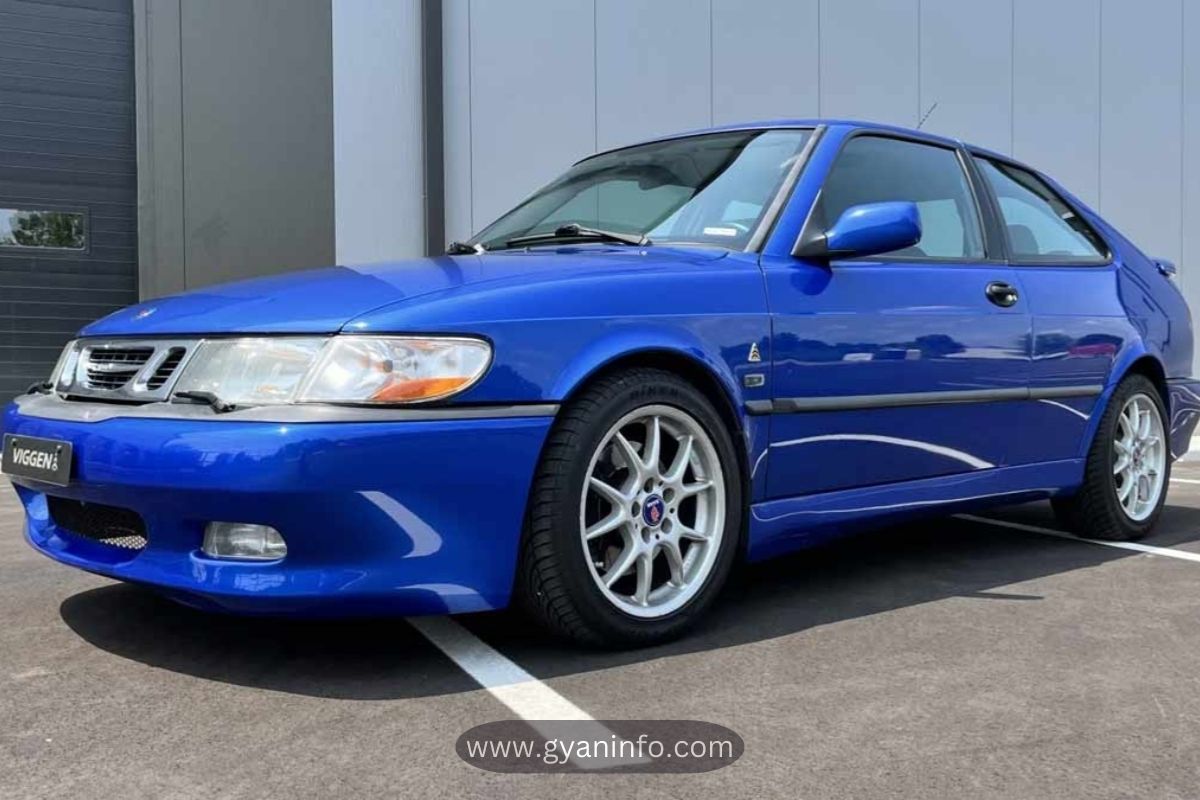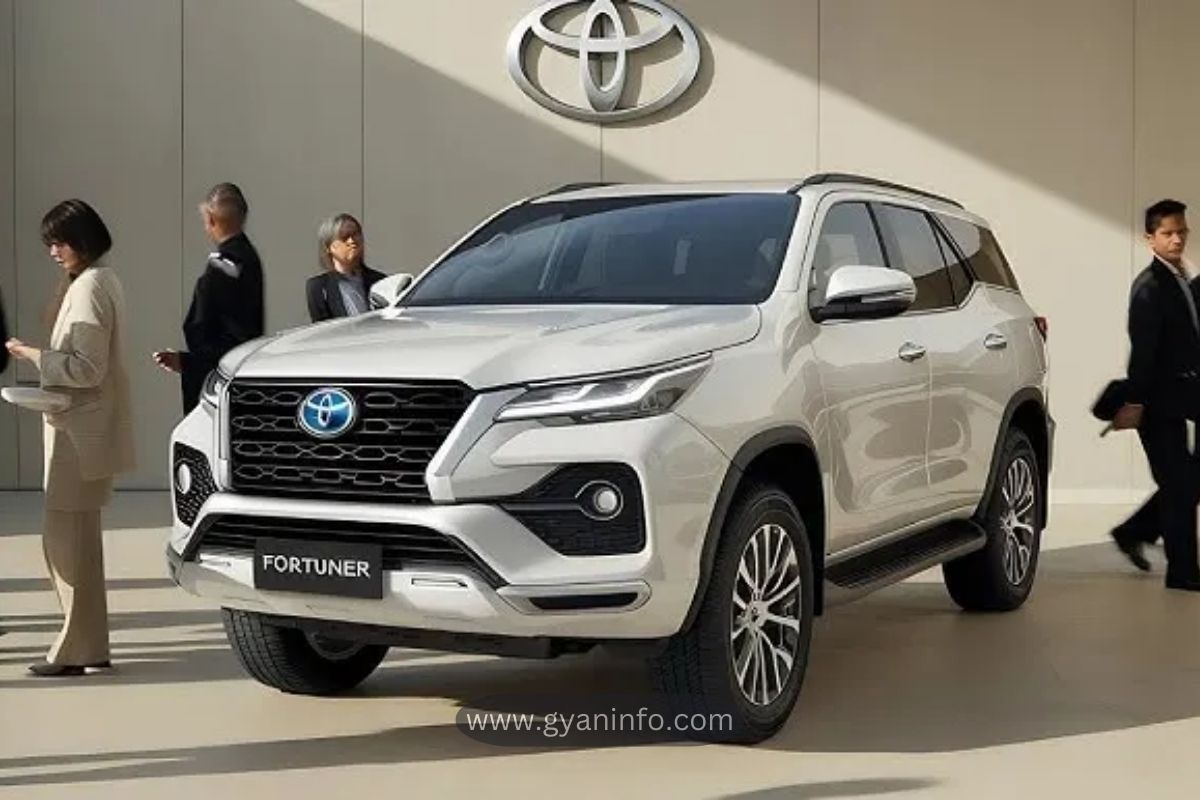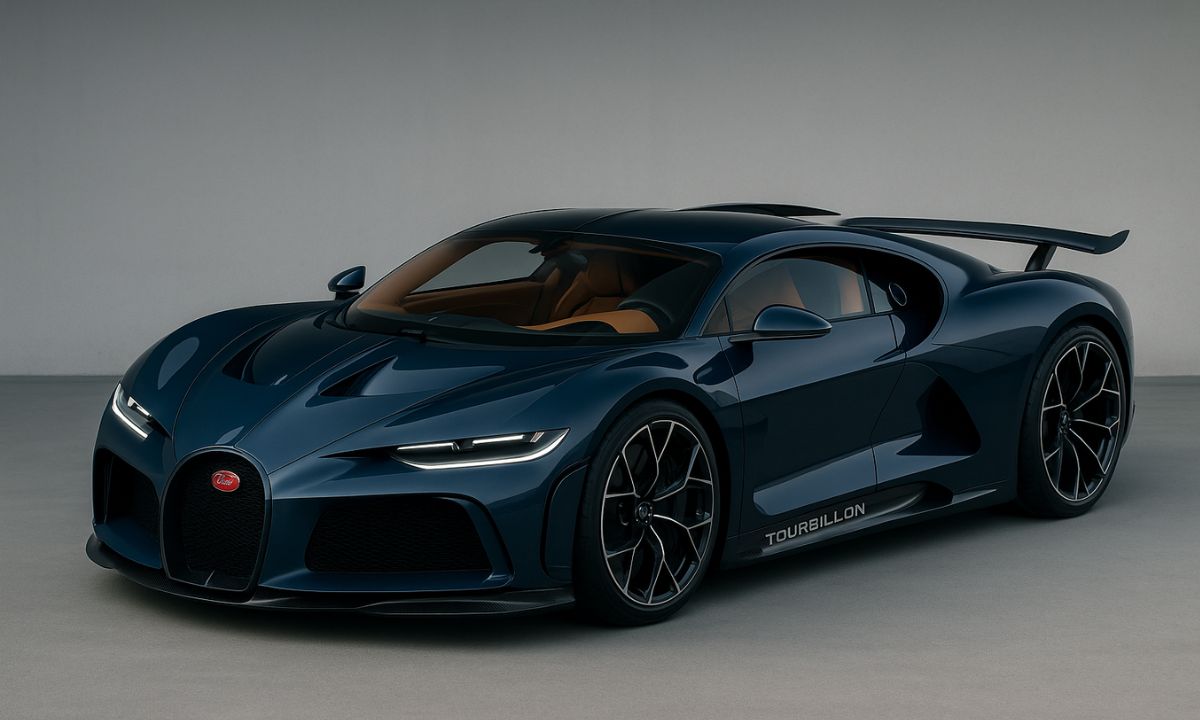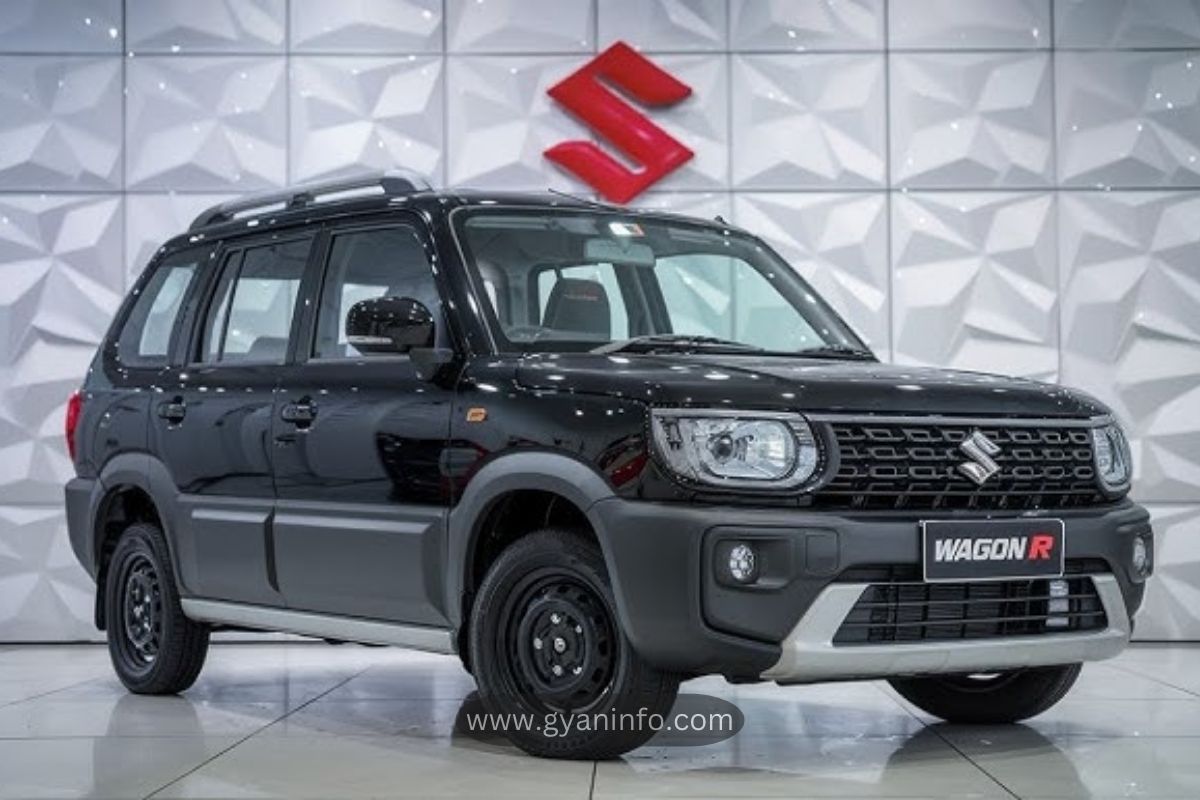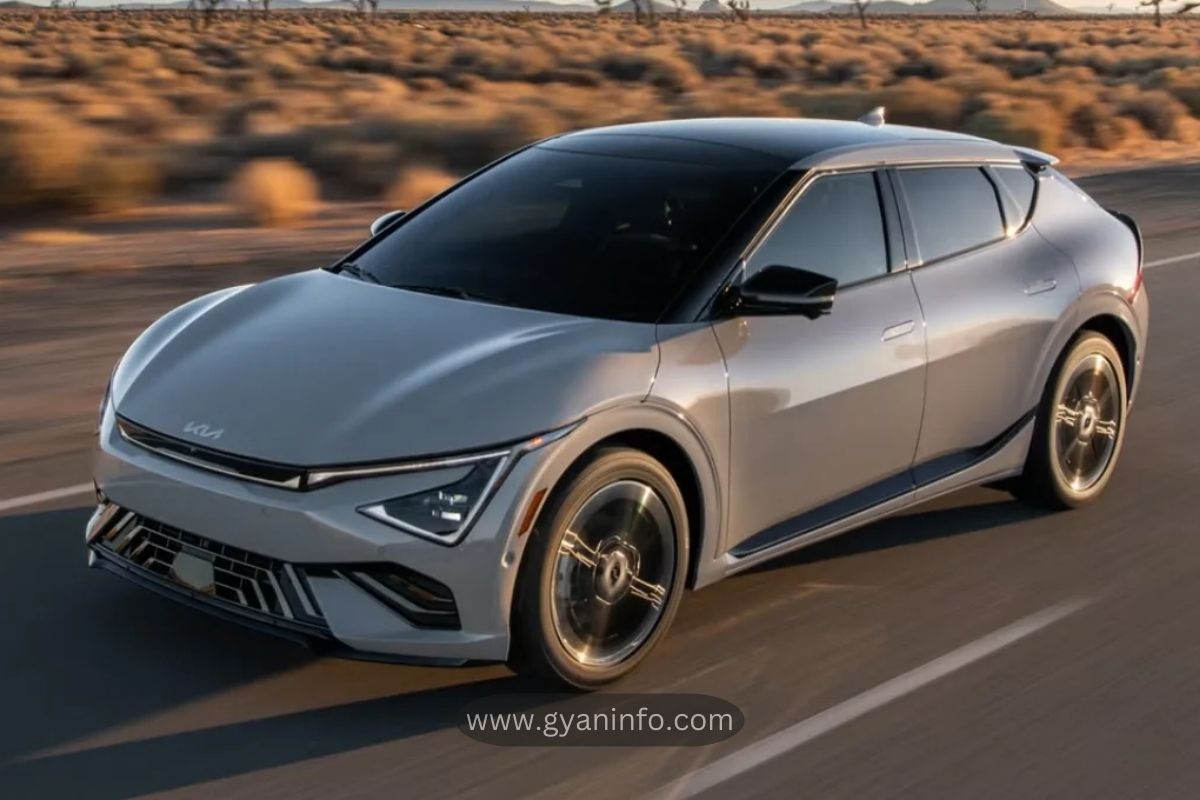The Saab 95 remains a classic representation of Swedish automotive excellence, blending elegant design with robust performance and advanced safety features. Originally introduced as an estate car in the late 1950s and later reimagined as an executive vehicle in the late 1990s, the Saab 95 is revered for its unique styling, turbocharged engines, and unmistakable character.
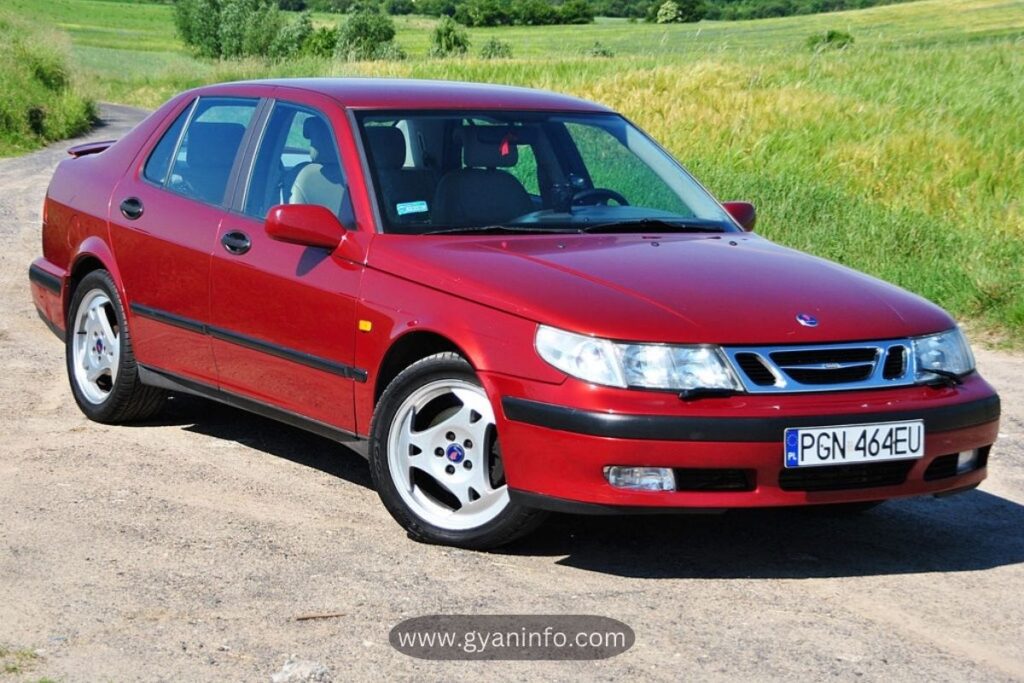
A Glimpse into Saab’s Automotive Heritage
The first-generation Saab 95 was introduced in 1959 as a 7-seater station wagon, developed from the iconic Saab 93. Known for its aerodynamic silhouette and durability, it set the tone for the brand’s engineering values. However, most modern car lovers remember the 1997–2011 Saab 95 sedan, which offered refined luxury combined with Scandinavian minimalism and practicality.
Also Read: Saab 37 Viggen: A Symbol of Sweden’s Powerful Engineering
Iconic Design That Stands Out
The Saab 95’s design is both classic and futuristic. Its wraparound windscreen, teardrop shape, and aircraft-inspired dashboard reflect Saab’s aerospace heritage. The 2006 facelift added a more aggressive front fascia and tail-light updates, giving it a sleeker appearance.
Inside, drivers enjoy a cockpit-style layout with intuitive controls, leather upholstery, wood trim options, and heated seats, making comfort and convenience top priorities.
Engine and Performance Capabilities
One of the Saab 95’s biggest selling points was its turbocharged engine lineup. Key variants included:
- 2.3L Turbocharged Petrol – delivering up to 260 hp in the Aero trim
- 3.0L V6 Turbo (Low-Pressure) – smoother ride, suitable for long-distance cruising
- 1.9L Turbo Diesel (TiD) – introduced for better fuel economy in European markets
Most models featured a 5-speed manual or automatic gearbox, while the Aero variants boasted sport-tuned suspension for more dynamic handling.
Safety Features That Were Ahead of Their Time
Safety was always a priority for Saab. The 95 came equipped with:
- SAHR (Saab Active Head Restraints) – to minimize whiplash in rear collisions
- Electronic Stability Program (ESP) – for better traction in slippery conditions
- Side Airbags & Curtain Airbags – offering full-coverage protection
- Night Panel Mode – a Saab innovation that dims dashboard lights to reduce driver distraction at night.
Also Read: Isuzu D-Max 4×4 EV Revealed: Production Begins, Global Launch Timeline & Features
Environmental Considerations
Even in the early 2000s, Saab paid attention to emissions and fuel efficiency. The 95 was one of the first executive cars to offer BioPower engines that could run on ethanol (E85), aligning with eco-friendly mobility solutions.
Conclusion
The Saab 95 wasn’t just a car—it was a statement of innovation, safety, and style. From its turbocharged engines and minimalist interiors to its aircraft-inspired tech, it represented everything distinctive about Swedish engineering. Even today, the Saab 95 remains a sought-after classic for collectors and fans of unique, reliable, and well-crafted automobiles.

Hi Friends! I am Rohit Yadav, a web developer, digital marketer and blogger from Chandpatti, Azamgarh (U.P). I love to write a blog and share our thoughts and knowledge with other peoples.

